#Lexington Avenue line
Explore tagged Tumblr posts
Text

From 2021: The 14th Street-Union Square Station on the Nos. 4, 5 and 6 lines, #Manhattan
#New_York_City_Subways
#mtanyctransit
#new york city photography#manhattan#new york city subways#Lexington Avenue line#14th Street-Union Square Station#existing light photography
13 notes
·
View notes
Text
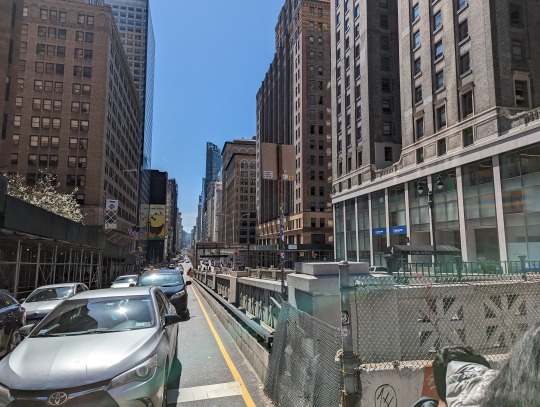
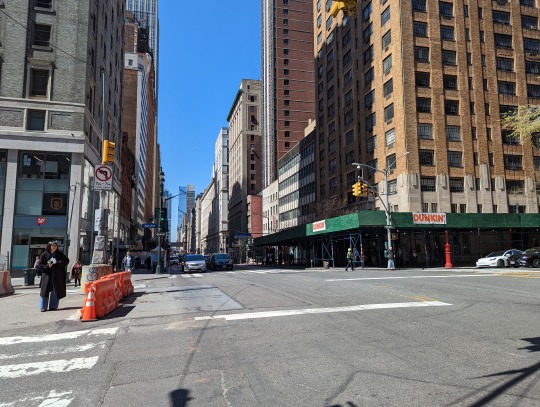
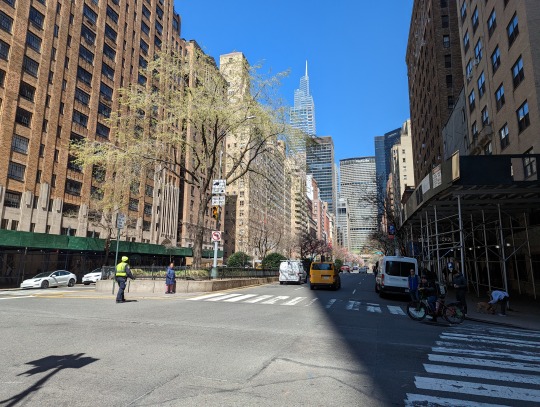


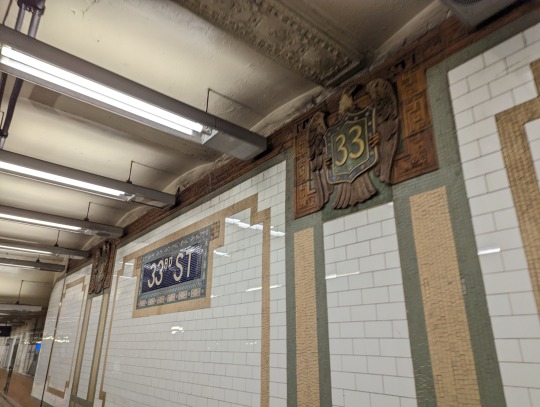
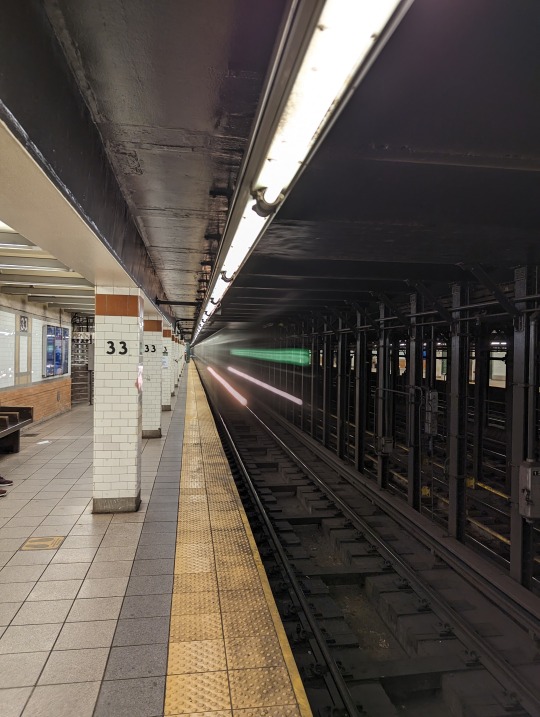




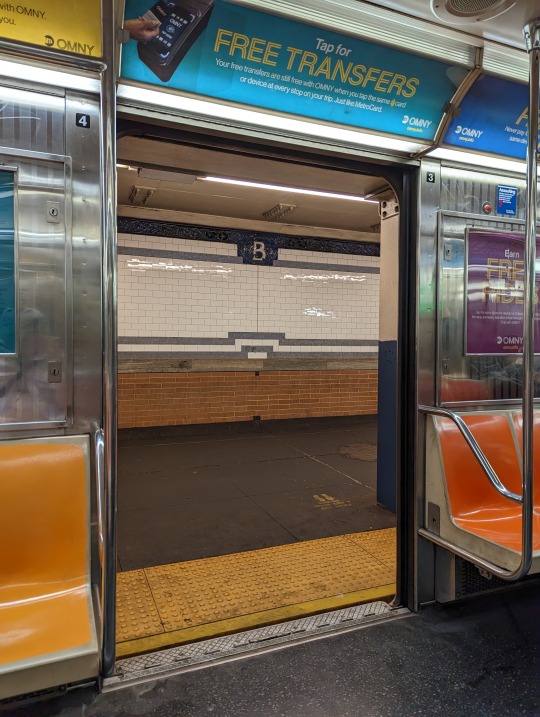

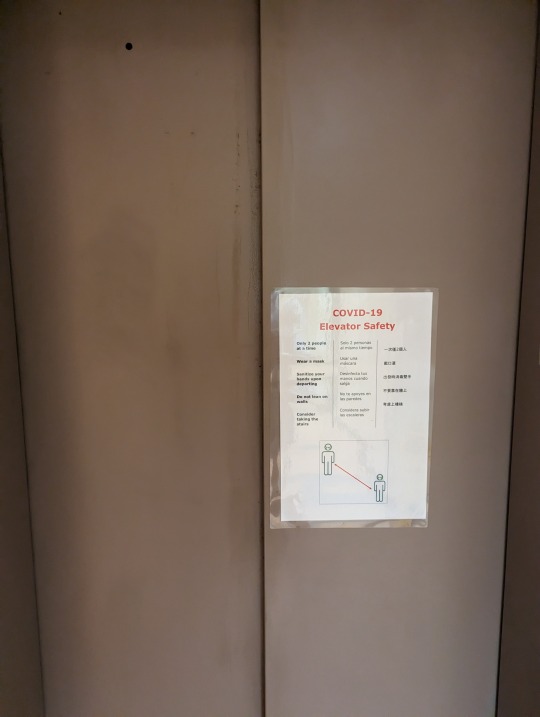
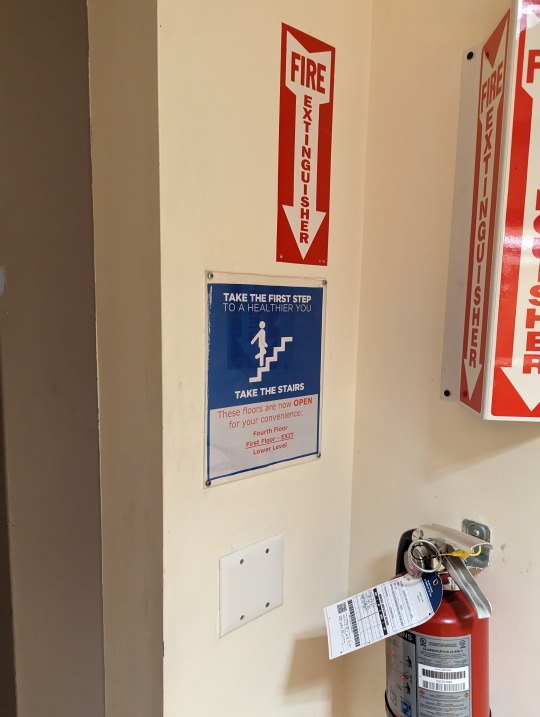


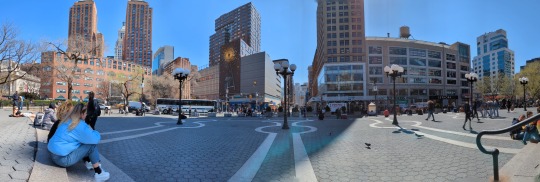


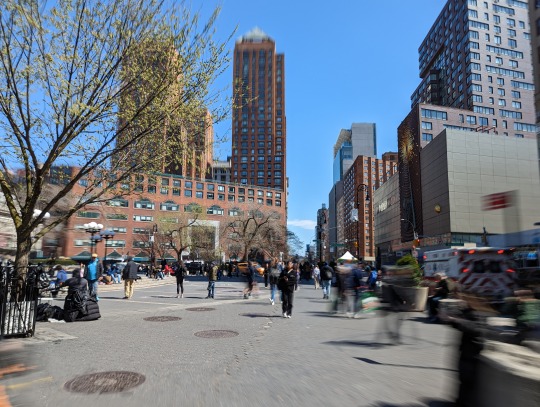
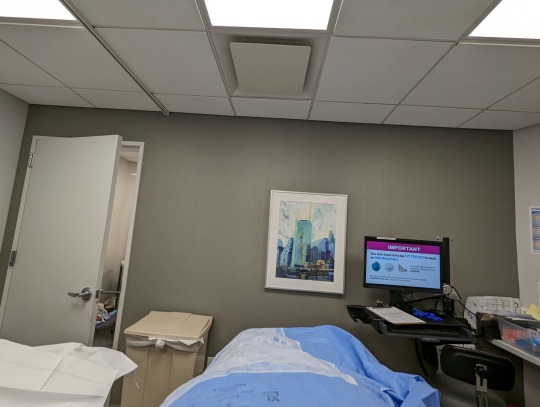



out and about
2 notes
·
View notes
Text

a miscellaneous collection of art deco architecture from manhattan, drawn for class. text transcription below the cut
1. Empire State Building (20 West 34th Street)
2. Fuller Building (595 Madison Avenue)
3. Midtown Theater (2626 Broadway)
4. Graybar Building (420 Lexington Avenue)
5. New York Telephone Company Building (140 West Street)
6. Horn & Hardart Automat Cafeteria Building (2702-2704 Broadway)
7. 30 Rockefeller Plaza (30 Rockefeller Plaza)
8. 275 Madison Avenue Building (275 Madison Avenue)
9. AT&T Long Lines Building (33 Thomas Street)
10. Radio City Music Hall (1260 6th Avenue)
11. 369th Regiment Armory (2366 Fifth Avenue)
#art deco#new york city#id in alt text#it ended up being a kind of random selection because i had to rush to get the assignment in on time#but hopefully i’ll be able to do something like this on a larger scale in the future#ammonart
237 notes
·
View notes
Text

Lexington Avenue & 90th Street, 1931. Why were the kids lined up on the corner? They didn't have school buses in those days.
Photo: NYC Municipal Archives Instagram
100 notes
·
View notes
Text

Michigan's first trails were not made by native Americans but ranging buffalo herds in migration. This was especially true on the St. Joseph trail in Southwest Michigan. The major trails in lower Michigan tended to link Indian settlements of Mackinac, Detroit, Saginaw, and Niles. The area around Saginaw had the most native American settlements in the Great Lakes region.
Noted below are native trails that we travel everyday.
Shore Line Trail - A minor trail starting near Toledo and hugging Lake Erie's shore, the Straits of Detroit. Past Fort Gratiot and Lake Huron to a spot near White Rock. White Rock was considered a solemn spiritual place of offering. Today this route is mirrored by Lakeshore Drive from Detroit to Lexington and M-25 north. This trail continues north along the entire shore to Cheboygan. It was considered a minor trail as travel via canoe was preferred along this route. Michigan chose to utilize much of the original Native American trail along Lake Huron and Saginaw Bay to create M-25. Paving of Michigan's First Scenic Highway was started in 1933 and completed in 1940.
Saginaw Trail - One of the oldest trails, this Sauk trail system, went from the Straits of Detroit to Saginaw. Today this starts at the Detroit River and heads northwest up Woodward Avenue to Pontiac, then continues up Dixie Highway through Flint to Saginaw.
Sand Ridge Indian Trail - An ancient trail from Saginaw to Port Austin in Michigan's Thumb. Used primarily for access to the rich hunting ground of the Thumb. Today, M-25 follows much of the same route. However, the old trail is still evident and marked as Sand Road in Huron County. A major canoe passage across Saginaw Bay occurred at Oak Point via Charity Island to reach the AuSable River.
St. Joseph's Trail - A major east-west system called Route du Sieur de la Salle and the Territorial Road. When the Territorial road was first built from Plymouth to St Joseph, a portion of the road was ‘corduroy.’ which means wood lo
25 notes
·
View notes
Text

New York Subway :: EYE
* * * * *
“New York is an ugly city, a dirty city. Its climate is a scandal, its politics are used to frighten children, its traffic is madness, its competition is murderous. But there is one thing about it - once you have lived in New York and it has become your home, no place else is good enough.” ― John Steinbeck, America and Americans and Selected Nonfiction
+
“I remember walking across Sixty-second Street one twilight that first spring, or the second spring, they were all alike for a while. I was late to meet someone but I stopped at Lexington Avenue and bought a peach and stood on the corner eating it and knew that I had come out out of the West and reached the mirage. I could taste the peach and feel the soft air blowing from a subway grating on my legs and I could smell lilac and garbage and expensive perfume and I knew that it would cost something sooner or later—because I did not belong there, did not come from there—but when you are twenty-two or twenty-three, you figure that later you will have a high emotional balance, and be able to pay whatever it costs. I still believed in possibilities then, still had the sense, so peculiar to New York, that something extraordinary would happen any minute, any day, any month.” ― Joan Didion, Slouching Towards Bethlehem
+
“So I went to New York City to be born again. It was and remains easy for most Americans to go somewhere else and start anew. I wasn't like my parents. I didn't have any supposedly sacred piece of land or shoals of friends to leave behind. Nowhere has the number zero been of more philisophical value than in the United States.... and when the [train] plunged into a tunnel under New York City, with it's lining of pipes and wires, I was out of the womb and into the birth canal.” ― Kurt Vonnegut, Bluebeard
13 notes
·
View notes
Text
I am obsessed with the defunct NYC City Hall subway station, just read the Wiki page in its entirety.
And I am both obsessed from the perspective of designing a turtle liar here, especially since it inspired the second turtle liar in the 1990 movie after the first got ransacked.
But I am also obsessed with it from the perspective of an architect (not a commercial architect or civil engineer by any account, a secret third kind of arcvitent/engineer) it was a whole new arch style to America. The construction was unique in its quick set cement allowing it to be built without support and it didn't rely on a keystone at the top of the arch. They had their own patented sound damping tiles to prevent excessive echo.
Absolutely insane. The architect was Rafael Gaustavino btw.

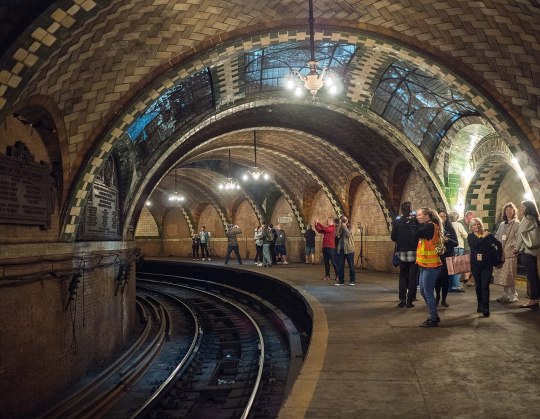


Source:
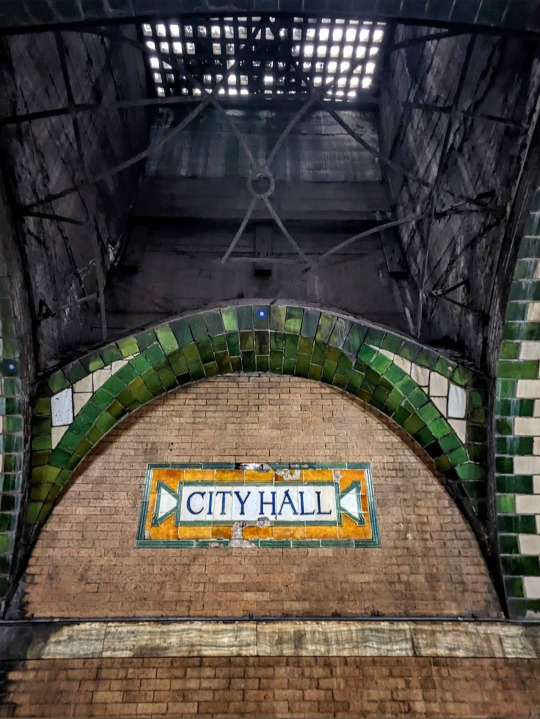
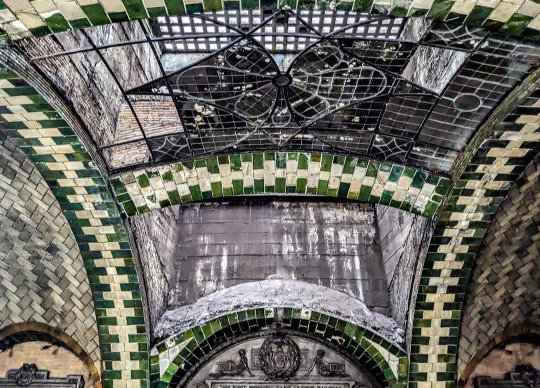
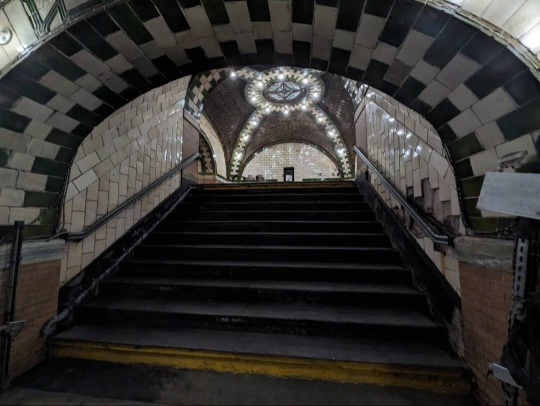
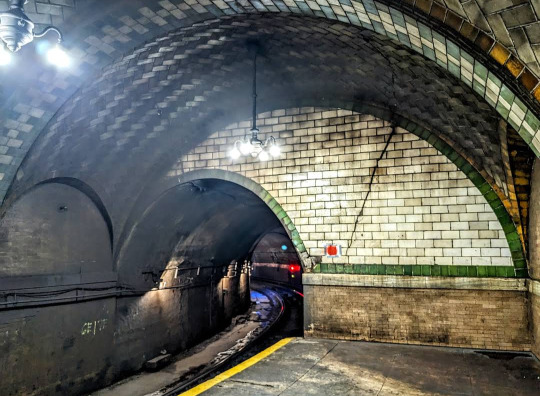
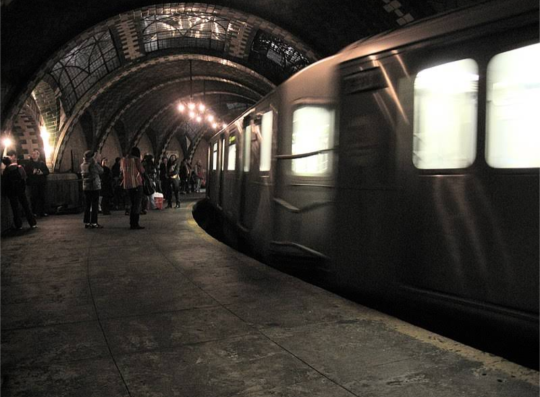

Thank you mostly to David Herszenson who shared these with Google maps. They helped me understand how the skylights worked underground and captured the entry and decay most wonderfully.
In the moving train image you can see how wide the gap would be between the train car and the center door, part of the reason why it fell out of popularity regardless of the mobile stairs they had at the platform to set down for people. They also tarred the stained glass during WWII which is so tragic.
Absolutely adore this station. Love the idea that city hall also has a retired bunker below it the turtles could use.
2 notes
·
View notes
Text
Profiles In Style

This is Ann Lowe, "Society's Best Kept Secret".
Ann (b. 1898) was the daughter and granddaughter of seamstresses who worked for the first families of Montgomery. When she was 16, Lowe's mother died, leaving a collection of four ball gowns for the First Lady of Alabama. Lowe took up the project and, using the skills she learned from her mother and grandmother, finished the dresses.
In 1917, Lowe was divorced, and a mother when she moved to NYC to attend S.T.Taylor Design School. The school was segregated at the time,and she had to take classes in a room alone, because stupid has always been able to cross state lines.
When she graduated in 1919, Lowe moved to Tampa where she opened her first dress salon, Annie Cohen, catering to members of high society. It was a success, and eventually Lowe used her earnings to move back to NYC where she designed on commission for Henri Bendel, Chez Sonia, Neiman Marcus and Saks Fifth Avenue. She even designed the dress that actress wore to accept an Academy Award in 1946, although the name on the dress was Sonia Rosenberg (shady).
Lowe got sick of not getting credit for her work, so in 1950, she opened a new salon in NYC with her son; Ann Lowe's Gowns on Lexington Ave. Her one-of-a-kind dresses were made of the finest fabrics, and graced the forms of the world's most famous socialites. She designed for the Rockefellers, the Lodges, the Du Ponts and the Auchinclosses.
Janet Auchincloss was such a fan of Ms. Lowe's that in 1953, she hired Lowe to design a dress for her daughter, Jacqueline Bouvier for her wedding to Senator John F. Kennedy.

Despite being a massive success, and a favorite of NYC's society ladies, Ann Lowe rarely made any real profit on her designs after paying her staff. Still, she continued to do her thing. After a particularly rough time in the 60s, during which she lost her store, her right eye, and developed cataract in her left eye, she opened another store, Ann Lowe Originals, on Madison Ave. She retired in 1972. She died in 1981 while in the care of her daughter, Ruth.
The moral of the story is it's okay to be expensive, especially if you're good at what you do.
#ann lowe#ann lowe designs#run her her coins!#this is why i will never complain about black creators being expensive#yeah it sucks if i can't afford it myself#but that doesn't mean it's not worth the price#black history month#black history month spotlight friday#black friday#THE YEAR OF CONTENT!!!!
26 notes
·
View notes
Text









Man’s Impact on the Environment . 07 January 2025 . New York City Hall Subway Station . New York, New York
City Hall, also known as City Hall Loop, was the original southern terminal station of the first line of the New York City Subway, built by the Interborough Rapid Transit Company (IRT), named the “Manhattan Main Line”, and now part of the IRT Lexington Avenue Line. Opened on October 27, 1904, this station, located underneath the public area in front of City Hall, was designed to be the showpiece of the new subway. The platform and mezzanine feature Guastavino tile, skylights, colored glass tilework and brass chandeliers. The Rafael Guastavino-designed station is unique in the system for the usage of Romanesque Revival architecture.
The station was built on a curve and could only accommodate five-car trains, which proved to be inefficient as subway ridership grew. Due to the infrastructural shortfalls, as well as its proximity to the nearby Brooklyn Bridge station, passenger service was discontinued on December 31, 1945, although the station is still used as a turning loop for the 6 and <6> trains.
0 notes
Link
0 notes
Text
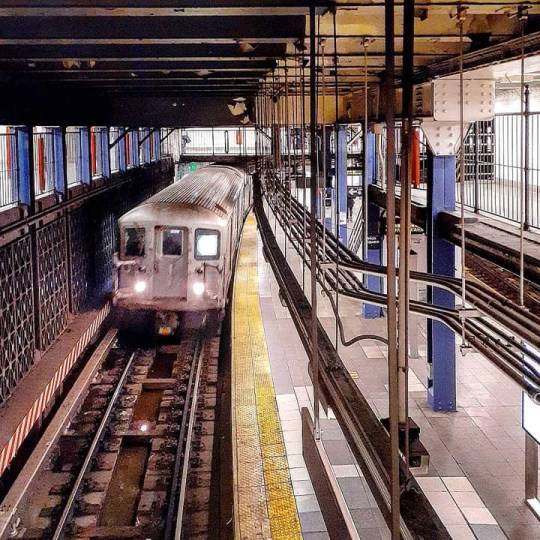
From 2021: A No. 6 train enters the #14th_Street_Union_Square_Station, #Manhattan.
#nyc#newyorkcity#manhattan#14th Street-Union Square station#Lexington Avenue line#new york city subway#existing light photography
43 notes
·
View notes
Text
The MTA marked the New York City subway's 120th anniversary with rides on vintage Lo-V cars from 1917.

Departing from Old South Ferry Station, the nostalgic trains took riders up the 1/2/3 line to the Bronx, looped via Lexington Avenue's 4/5/6 line, and ended at Brooklyn Bridge-City Hall.
"This system transformed New York City," NYC Transit President Demetrius Crichlow said, noting the subway's historic impact.
📸: New York Transit Museum Collection
Read more at link in our bio.





0 notes
Video
Bee Line Service in Louisville por Mike Danneman Por Flickr: Norfolk Southern “Reading heritage” No. 1067 leads westbound NS coal train No. 77J from the Brown Power Plant in the Lexington, Kentucky, area and is bound for a coal mine in southern Indiana. The empty train is passing L.S. Junction at 12th Street and Magnolia Avenue in Louisville, Kentucky, on August 9, 2012.
0 notes
Text

A crowd of passengers waves from the front car as the El train pulls out from Manhattan for its last trip across the bridge, March 5, 1944. "Two hundred persons braved the cold in the barnlike station at Park Row to ride the last train out, a veteran six-car carrier of Brooklyn's Lexington Avenue Line."
Photo: NY Daily News
82 notes
·
View notes
Text
Strat-O-Matic Opening Day At Glen Head, N.Y. Headquarters A Big Hit For Fans

They began lining up at 2 a.m. At least that’s the reported time that the first guest appeared at Strat-O-Matic Headquarters on Railroad Avenue, in the shadow of the Glen Head Long Island Rail Road stop. The first of what grew to more than 200 hearty souls braved near-freezing temperatures Friday in order to be among those to get ahold of the new baseball season cards fresh out of the warehouse.
In what has become an annual tradition, gamers from across the country – and sometimes other parts of the world – gather outside the blue-gray offices, not only to pick up the new season game and other items, but to meet friends old and new who share a love for the game that has been such an important part of their lives.
By all accounts, Bret Sypniewski traveled the farthest, getting into his customized white cargo van and traversing the country all the way from Las Vegas, where he took orders of his own for upwards of 30 games from friends and competitors at the various tournaments that he’s participated in regularly since retirement.
“It took me about 10 days, I took the scenic route,” said the affable Sypniewski, who has played the game for more than 35 years, a time frame that seemed to match many of the Opening Day participants. “I enjoy the tournaments, playing face to face, getting to interact with people while we play.”
Sypniewski made the Strat-O-Matic visit the fulcrum of a trip that included stops in Lubbock, Texas, for some hiking and a Texas Tech Red Raiders basketball game, another in Lexington, Kentucky, for a UK game and various other activities. His diverse interests match the variety of Strat-O-Matic baseball seasons that he enjoys playing.
“I enjoy playing the 1911-1930 teams, but I’m picking up the new season and 1984,” he added. “I like the old time stuff, I learn a lot about the players.”
Another highlight for Opening Day attendees is meeting the Strat-O-Matic founder and creator, Hal Richman, who enjoys hearing fans talk about the decades of enjoyment that the game has brought them.
Strat-O-Matic Chief Content Officer John Garcia presided over the Opening Day ceremonies, which included the induction of three members into the Strat-O-Matic Hall of Fame, including former major leaguer and noted SOM enthusiast Keith Hernandez, longtime game tester Larry Foster and Strat-O-Matic Forum editor Dan Patterson.
Garcia and CEO Adam Richman also raffled off some unique items, including test cards from last year’s 1933-1983 All-Star baseball set, a game autographed by Hal Richman, a subscription to the pending release of Baseball Max, currently in beta, and more.
0 notes
Photo

A plan to cover a river's front with docks, parks and tracks in 1911 would not be realized until the 1930s
We present a bird's eye view showing the salient features of this proposed West Side improvement. At an average distance of 200 feet out from the present shore line, a riprap wall will be built, and the intervening space filled in with suitable material.
Adjacent to the present tracks of the New York Central Railroad, space will be reserved for two additional tracks, to be built by the company when the increased traffic of the future calls for them.
Then, in, their turn, will be constructed three municipal freight tracks, a broad loading and unloading platform, a driveway for vehicles, a wide platform for receiving river and ocean freight, and, finally, along the dock front will be a pair of tracks for the use of freight unloaded from or to be delivered to steamships. The whole of this area, up to the edge of the steamship loading and unloading platform, will be covered by a massive steel and concrete roof, and upon this will be laid a covering of earth of sufficient depth to meet the requirements of a park, and support a growth of turf, shrubbery and trees.
The park, as thus formed, will be laid out with walks and windings paths to conform to the pathways existing on the slopes of Riverside Park. Large openings will be provided at intervals for lighting and ventilating the covered-in tracks and roadways, and in that portion of the new park which is opposite Columbia College a stadium will be laid out for the use of the university.
It is the expectation of the commissioners that practically all of the rock required for the riprap, and one-sixth of the earth necessary for filling purposes, will be obtained from the excavations of the proposed Lexington Avenue-Broadway subway.
The remaining material, about one million cubic yards, can be obtained from selected materials, such as clean ashes, of the street cleaning department, and from the various excavations for buildings in the district bordering on the proposed work.
Scientific American article excerpt and colorized illustration, May 6, 1911
It wasn't until the 30's that the West Side improvement really took off, driven by "the man who got things done," Robert Moses.
Moses's biographer Robert Caro described Moses surveying the area prior to his project, and seeing a wasteland six miles long, stretching from where he stood all the way north to 181st street. "The 'park' was nothing but a vast low-lying mass of dirt and mud. Unpainted, rusting, jagged wire fences along the tracks barred the city from its waterfront.
"The engines that pulled trains along the tracks burned coal or oil; from their smokestacks a dense black smog rose toward the apartment houses, coating windowsills with grit. A stench seemed to hang over Riverside Drive endlessly after each passage of a train carrying south to the slaughterhouses in downtown Manhattan carload after carload of cattle and pigs."
Once, Frances Perkins heard Moses exclaim, "Isn't this a temptation to you? Couldn't this waterfront be the most beautiful thing in the world?"
Moses's updated "West Side Improvement" plan, designed by Gilmore D. Clarke, Michael Rapuano, and Clinton Loyd, retained the railroad tunnel under the park, but moved the parkway to the shorefront instead; this would become the Henry Hudson Parkway.
As part of the project, the parkway was to connect with the West Side Elevated Highway at the south end of Riverside Park, while the railroad would connect to the High Line viaduct even further south. The parkway was to be built on newly filled land along the shore, requiring the extension of the shoreline by 50 feet and the dumping of 1 million cubic yards of fill. This resulted in a more contiguous park area, since the roof of the tunnel would then be occupied by parkland.
Moses's plan was also more actively focused toward recreation: his plan called for playgrounds, tennis courts, wading and swimming pools, an amphitheater, and docks at 79th and 96th Streets. The roof of the railroad tunnel would host several of these recreation fields, while other parts of the tunnel's roof would be used by a promenade. The cost as submitted to the New York City Board of Estimate was $11 million (equivalent to $215 million in 2021), of which $6 million would go toward the railroad tunnel alone (equivalent to $117 million in 2021).
By mid-1934, Moses was ready to employ about 4,000 workers through the Works Progress Administration. Filling operations were underway by early 1935, requiring the dumping of 4,000 cubic yards of dirt per day.
The parkway in Riverside Park was approved in June 1935, and was completed in 1937. In addition, plans for a new boat basin at 149th Street were announced in 1939. The West Side Improvement project was completed by 1941. The project was twice as big as the Hoover Dam's construction. In total, the project plan added 132 acres to the park. Ultimately eight full playgrounds were built, as well as baseball fields and tennis, handball, and basketball courts. Having achieved its goal of rebuilding Riverside Park, the Women's League disbanded in 1937. Wikipedia article
Google earth aerial view of the Westside improvement in 2023
0 notes
